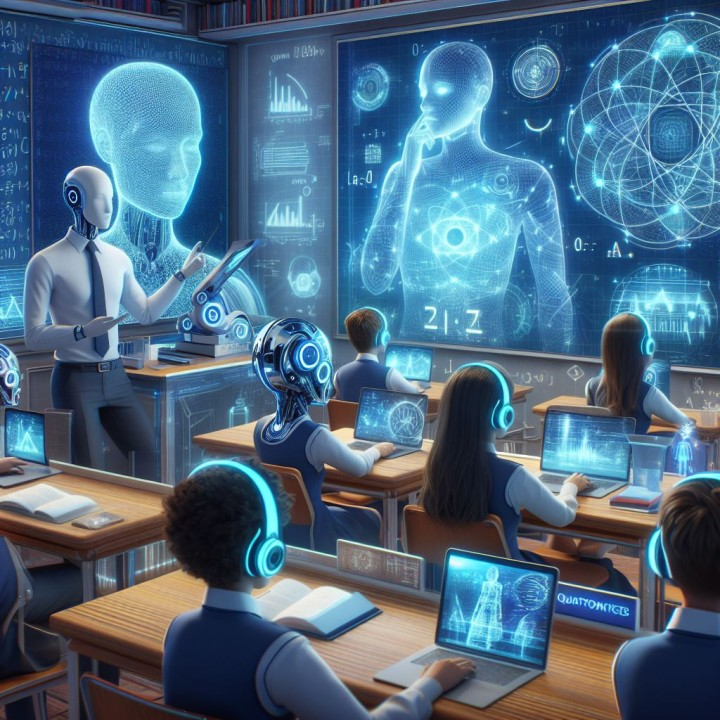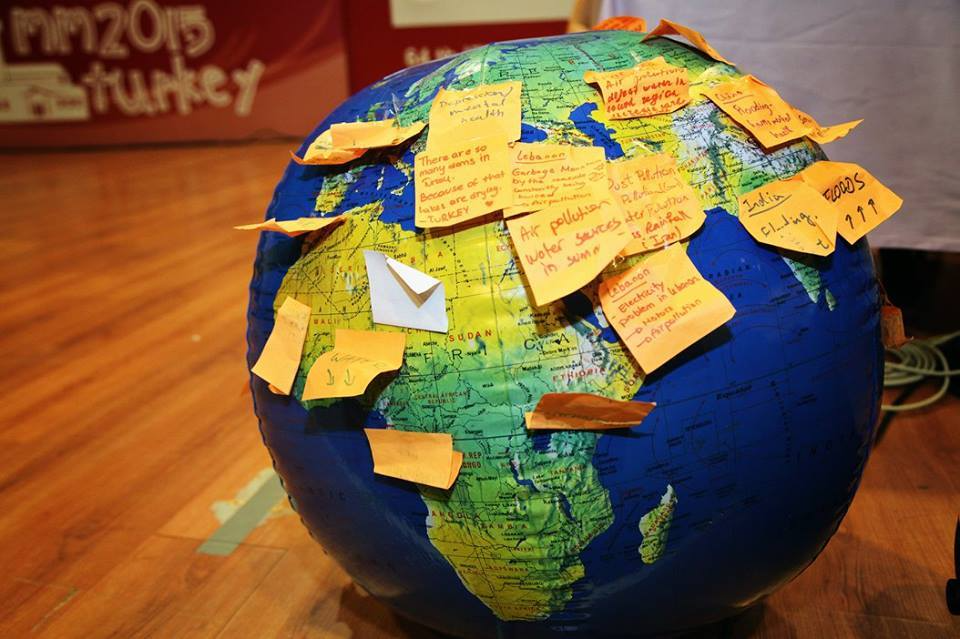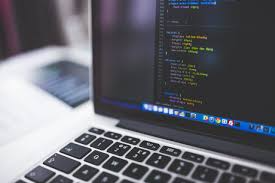
AI Tutors Revolutionize Classrooms Across Asia A Technological Shift in Education
In a groundbreaking transformation of education, classrooms across Asia are witnessing a paradigm shift through the integration of artificial intelligence (AI) tutors. This movement, gaining rapid momentum in countries like China, South Korea, Singapore, India, and Japan, represents a bold step towards digitizing and personalizing education. AI tutors intelligent software systems designed to adapt to individual learning styles and needs are no longer futuristic tools but present day realities in thousands of schools. The combination of real time analytics, natural language processing, and machine learning allows these AI systems to mimic aspects of human tutoring with unprecedented scalability. Governments and private institutions alike are pushing for broad adoption, viewing AI as the key to bridging educational gaps, reducing teacher workloads, and boosting national competitiveness in the digital economy.
One of the most significant drivers behind this AI revolution in Asian education is the demand for scalable and equitable learning. Many regions in Asia, particularly rural or under resourced areas, suffer from a shortage of qualified teachers. AI tutors, deployed via tablets, computers, or even smartphones, offer a solution to this imbalance. In India, for instance, several states have adopted adaptive learning platforms in public schools, allowing students to receive math or science instruction tailored to their level regardless of how many human teachers are available. These systems monitor a learner’s progress, provide immediate feedback, and adjust difficulty in real time. Such capabilities are especially useful in large classrooms where personalized attention from a human teacher may be impossible.
China is currently leading the charge in AI integration with education. Massive investments from the Chinese government and tech giants like ByteDance and Alibaba have resulted in the development of highly sophisticated AI tutoring platforms. These tools not only deliver curriculum aligned content but also use emotion detection software to analyze student engagement and stress levels. In some Beijing classrooms, AI is used to grade homework instantly, track behavioral patterns, and even provide predictive performance analytics to both students and parents. The Ministry of Education has endorsed these tools as part of its national “Smart Education” agenda, which aims to modernize the entire public school system by 2030.
In Japan and South Korea, the adoption of AI tutors is more focused on supplemental education rather than complete classroom transformation. Students often use AI platforms at home or in after school tutoring centers, especially for preparing for highly competitive university entrance exams. The use of AI here is helping to democratize access to high quality preparation tools that were once only available to wealthier families who could afford private tutors. In South Korea, apps like Riiid Tutor use machine learning algorithms to diagnose learning gaps and create custom study schedules. These platforms offer students constant support, progress dashboards, and even real time emotional encouragement all automated.
Meanwhile, Singapore stands as a global model for integrating AI into mainstream education through national policy. The Ministry of Education has collaborated with edtech firms to deploy AI learning assistants in several pilot schools. These AI systems help teachers automate grading, track individual progress, and even recommend personalized lesson plans. Rather than replacing educators, Singapore’s strategy revolves around augmentation allowing teachers to focus more on mentorship, creativity, and emotional development while AI handles routine academic tasks. Initial results from the pilot programs show higher student engagement, improved academic performance, and reduced teacher burnout.
Despite the promise, the rise of AI tutors in Asian classrooms has sparked debates and concerns. Critics argue that over reliance on AI may erode important interpersonal aspects of learning such as empathy, collaboration, and critical thinking. There are also worries about data privacy, algorithmic bias, and the digital divide especially for students who lack access to devices or internet connectivity. Moreover, the pressure to keep up with AI driven assessments might increase stress among students already grappling with competitive academic systems. Education experts have emphasized the need for transparent AI development and strong regulatory frameworks to mitigate these risks and ensure that AI remains a tool, not a replacement, for holistic learning.
Looking ahead, the role of AI tutors in Asia’s education landscape is poised to expand significantly. Several governments are now including AI competency and ethics in teacher training programs, ensuring that educators are equipped to work alongside intelligent systems. Multilingual AI tutors are being developed to support diverse populations across countries like India and Indonesia, where regional languages dominate. Cross border collaboration is also increasing, with countries sharing data and insights to develop AI models that can cater to varied educational contexts. With further advances in generative AI and real time translation, it is foreseeable that AI tutors will not only support academic instruction but also foster global citizenship by enabling cross cultural understanding and communication.
In conclusion, the rise of AI tutors in Asia signals a radical and promising transformation in how education is conceived and delivered. While challenges remain, the early successes demonstrate the potential of intelligent systems to personalize learning, improve outcomes, and make education more inclusive. Asia’s embrace of AI education tools not only reflects technological ambition but also a broader vision of preparing students for a fast evolving digital future. As this trend continues, the region is likely to set global standards in tech integrated learning, making classrooms more adaptive, efficient, and student centric than ever before.
Related Post
Popular News
Subscribe To Our Newsletter
No spam, notifications only about new products, updates.
















